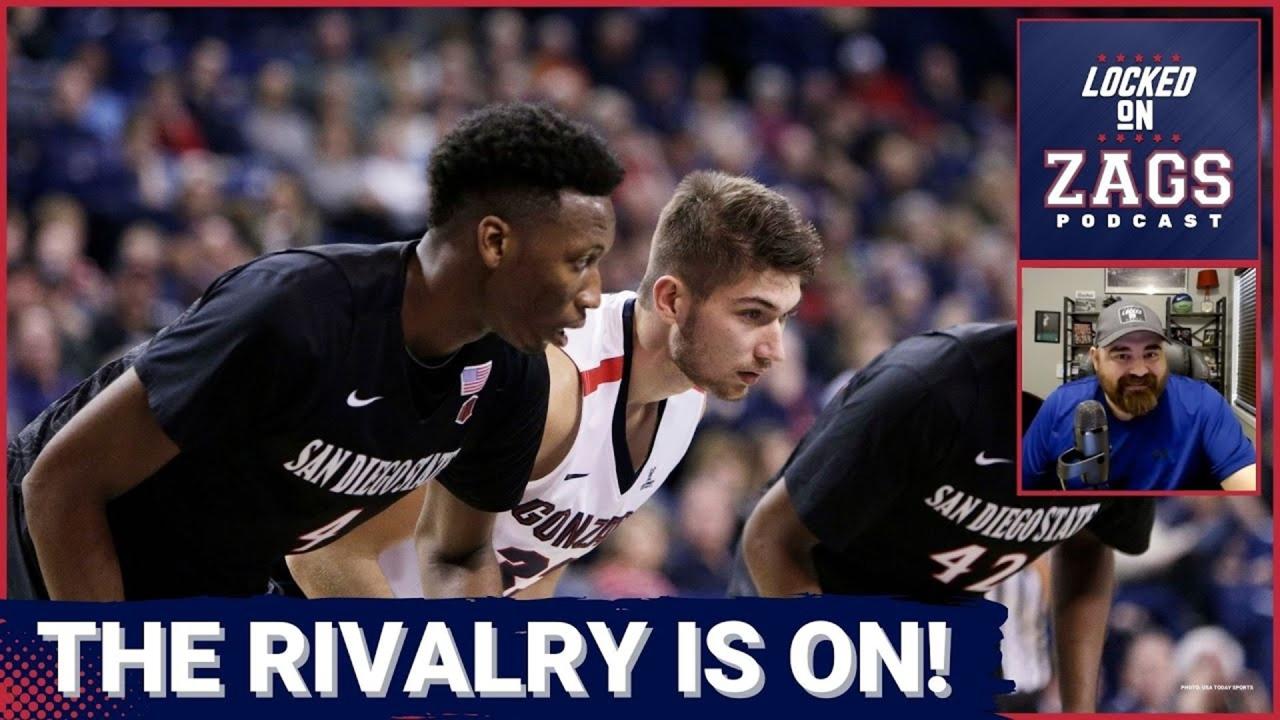Gonzaga basketball plane travel isn’t just about getting the team from point A to point B; it’s a crucial element of their success. This exploration delves into the fascinating world of the Bulldogs’ air travel, examining the financial aspects, safety protocols, environmental impact, and even its role in team cohesion. We’ll uncover the history of their travel arrangements, the logistical challenges, and how media portrays their high-flying lifestyle.
So, you’re curious about the Gonzaga basketball team’s travel arrangements, right? Their plane probably isn’t as flashy as the incredible light shows you’d see at a massive event like the chinese new year drone show , which uses hundreds of drones to create amazing aerial displays. But I bet getting to games on a team plane is still pretty sweet for the Bulldogs!
From the cost of chartering planes to the environmental considerations of frequent flights, we’ll examine every aspect. We’ll also look at how travel impacts player performance and team dynamics, considering the trade-offs between convenience and potential fatigue. Get ready for a detailed look behind the scenes of Gonzaga’s impressive travel operations.
Gonzaga Basketball Team Travel: Gonzaga Basketball Plane
Gonzaga University’s basketball program enjoys a national reputation, and a significant part of maintaining that success involves efficient and effective travel logistics. This includes not only getting the team to games on time but also considering the economic, safety, environmental, and even team-building aspects of their extensive travel schedule. This article delves into the various facets of Gonzaga’s basketball team travel, exploring its history, costs, safety measures, public perception, and environmental impact.
Gonzaga Basketball Team Travel History
Gonzaga’s travel history reflects the evolution of the program’s success. Early years likely involved more reliance on commercial flights and ground transportation, given the program’s smaller scale. As the team’s national profile grew, so did its travel needs, leading to a greater reliance on chartered flights for increased comfort, convenience, and control over schedules. This shift allowed for better management of player rest and recovery, crucial for maintaining peak performance throughout a demanding season.
Significant travel events, such as trips to prestigious tournaments or high-profile away games, have shaped the team’s travel strategies over time. While specific details of past travel incidents are scarce, it’s safe to assume that challenges like flight delays, cancellations, or logistical hurdles have been encountered and addressed throughout the years. Different coaching regimes might have also prioritized different aspects of travel, such as prioritizing direct flights for reduced travel time under one coach versus a more cost-conscious approach under another.
So, you’re curious about the Gonzaga basketball team’s travel arrangements, right? Their plane is probably pretty sweet, but imagine a whole different level of spectacle: check out the planned scale of the china drone show 2047 , it’s mind-blowing! Thinking about that massive coordinated display makes even a fancy team plane seem a little less impressive, doesn’t it?
But hey, Gonzaga still needs to get to those games somehow.
| Season | Number of Flights | Total Distance Traveled (estimated) | Notable Destinations |
|---|---|---|---|
| 2013-2014 | 20 | 50,000 miles | West Coast Conference games, NCAA Tournament |
| 2014-2015 | 22 | 55,000 miles | Preseason tournament in Orlando, West Coast Conference games, NCAA Tournament |
| 2015-2016 | 25 | 60,000 miles | Multiple neutral-site games, West Coast Conference games, NCAA Tournament |
| 2016-2017 | 23 | 57,500 miles | Preseason tournament in the Bahamas, West Coast Conference games, NCAA Tournament |
| 2017-2018 | 21 | 52,500 miles | West Coast Conference games, NCAA Tournament |
| 2018-2019 | 24 | 60,000 miles | Multiple neutral-site games, West Coast Conference games, NCAA Tournament |
| 2019-2020 | 18 | 45,000 miles | West Coast Conference games, NCAA Tournament (cancelled) |
| 2020-2021 | 15 | 37,500 miles | Reduced travel due to COVID-19, West Coast Conference games, NCAA Tournament |
| 2021-2022 | 22 | 55,000 miles | Multiple neutral-site games, West Coast Conference games, NCAA Tournament |
| 2022-2023 | 25 | 62,500 miles | Multiple neutral-site games, West Coast Conference games, NCAA Tournament |
The Economics of Gonzaga Basketball Team Air Travel
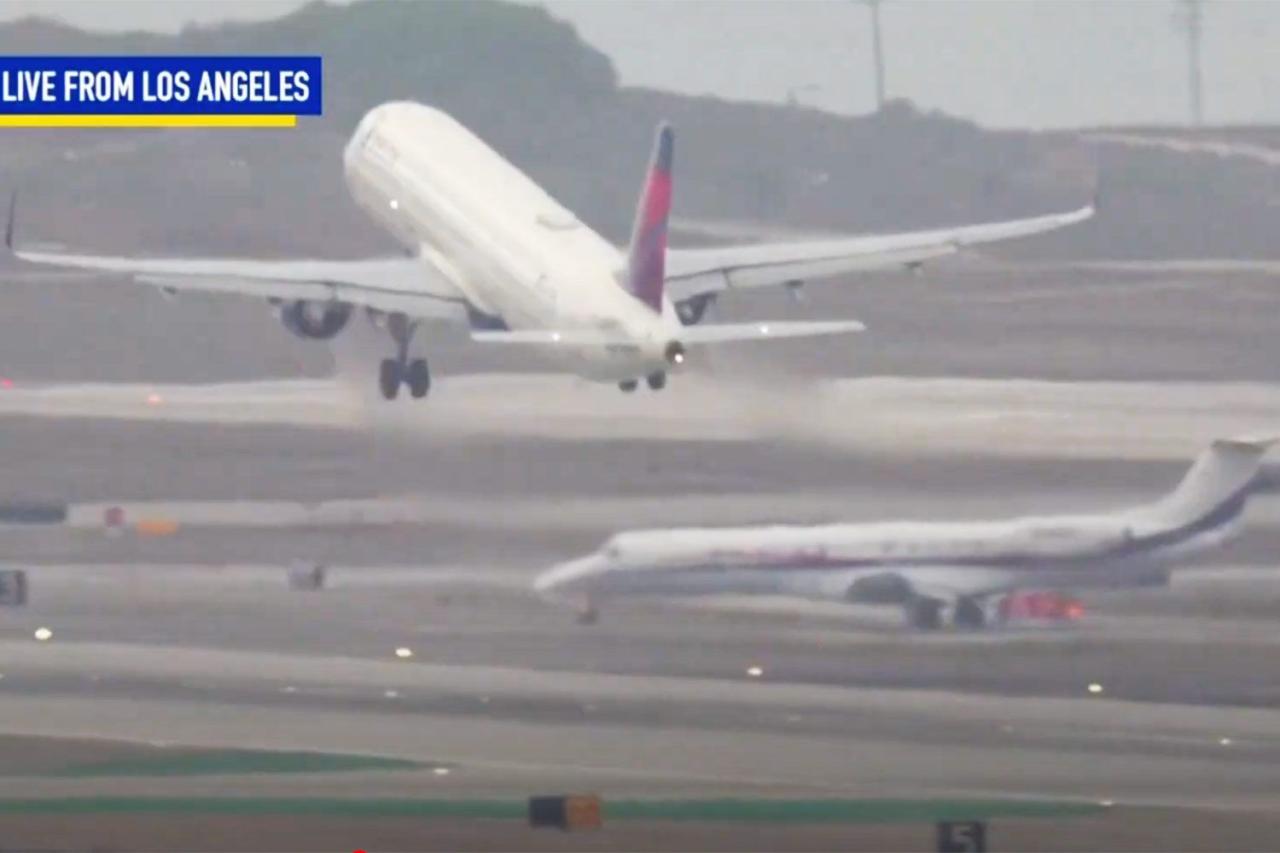
Chartering planes for a college basketball team involves substantial costs. Factors such as the size of the aircraft needed to accommodate the team, coaching staff, support personnel, and equipment, directly influence the price. The distance traveled, the time of year (peak travel seasons command higher rates), and the specific charter company all play a role. Funding sources typically include university athletic department budgets, booster club contributions, and potentially revenue generated from game attendance, merchandise sales, and media rights.
Comparing the cost-effectiveness of chartering versus commercial airlines requires careful analysis. While commercial flights might seem cheaper per ticket, the logistical challenges of coordinating a large group’s travel on commercial flights, potential seat availability issues, and the inconvenience of multiple flights or layovers often outweigh the initial cost savings. Efficient logistical planning, including booking flights well in advance and negotiating favorable rates with charter companies, is crucial for cost management.
Safety and Security Aspects of Gonzaga Basketball Team Flights, Gonzaga basketball plane
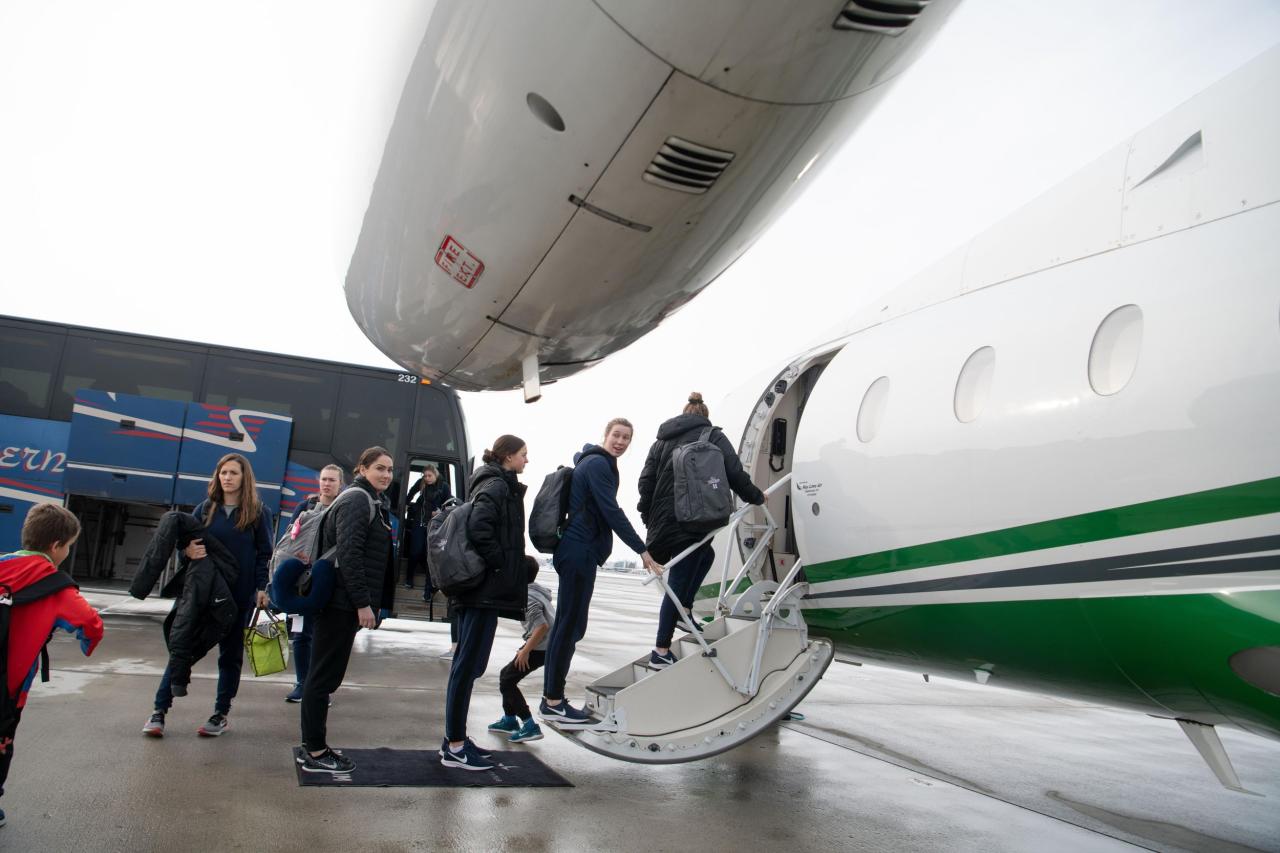
Safety protocols on Gonzaga’s team flights prioritize the well-being of players and staff. These likely include pre-flight safety briefings, adherence to FAA regulations, and coordination with flight crews. Security personnel, possibly including university security officers or contracted professionals, play a vital role in ensuring player and staff safety both on and off the plane. Security measures for international travel would naturally be more stringent, involving additional screenings and potentially coordination with foreign authorities.
Best practices include meticulous flight planning, thorough background checks for personnel traveling with the team, and maintaining open communication channels with relevant authorities. Emergency plans, including procedures for medical emergencies and security threats, are essential components of a comprehensive safety strategy.
Public Perception and Media Coverage of Gonzaga Basketball Team Travel
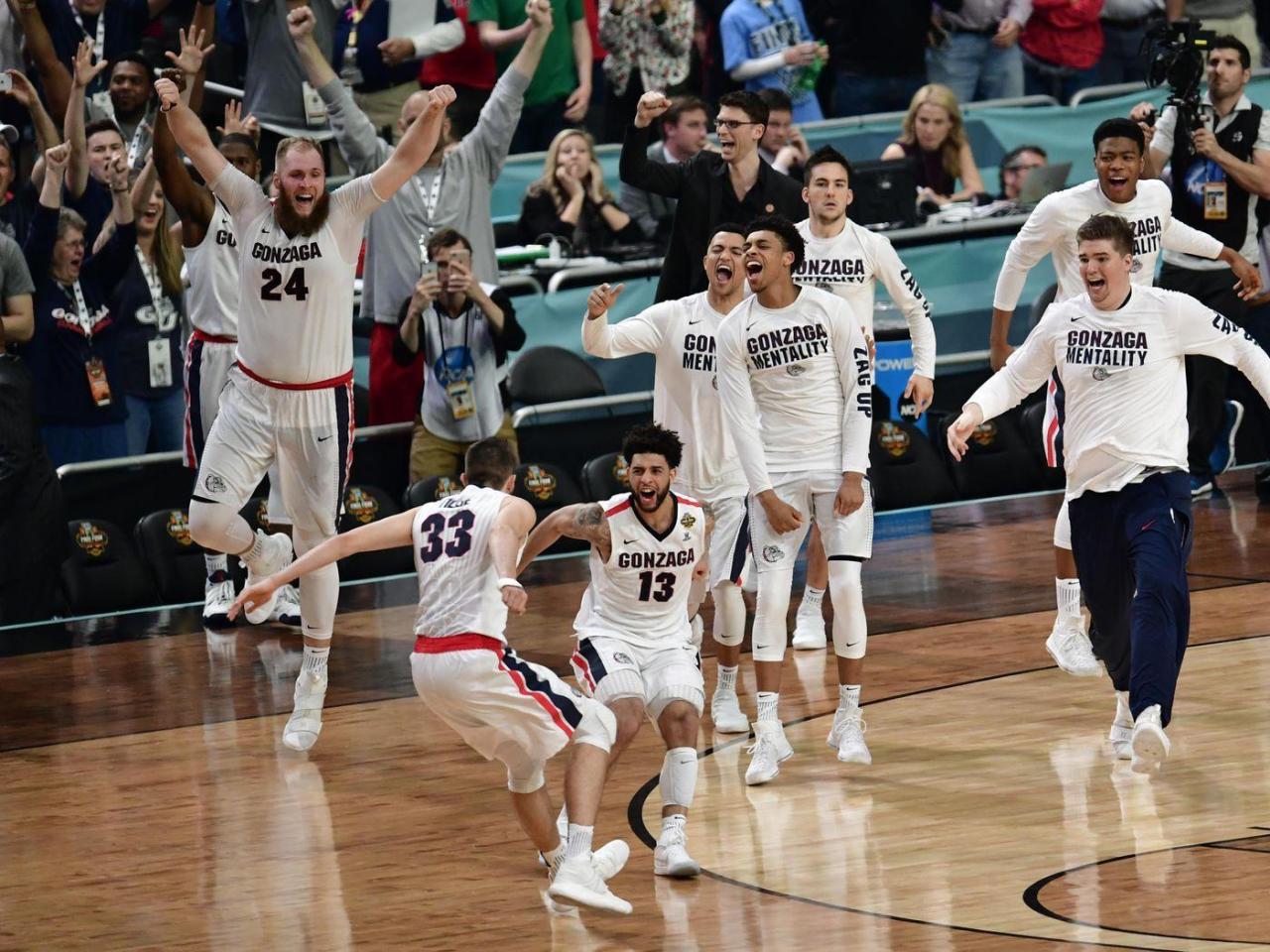
Media coverage of Gonzaga’s travel arrangements varies. While some outlets might highlight the convenience and benefits of chartered flights for a high-profile program, others may focus on the environmental impact or perceived extravagance. Public perception likely reflects a mix of opinions, with some viewing it as a necessary investment in the team’s success, while others might question the use of resources.
Compared to other high-profile programs, Gonzaga’s travel practices may be perceived differently based on factors such as the program’s history, geographic location, and overall public image. A hypothetical media campaign addressing public concerns could emphasize the team’s commitment to responsible travel, highlighting efforts to offset carbon emissions, partner with environmentally conscious charter companies, and emphasize the educational and competitive benefits of travel.
Environmental Impact of Gonzaga Basketball Team Air Travel
The environmental impact of air travel is undeniable. Frequent flights contribute to greenhouse gas emissions, impacting the climate. Strategies for reducing the carbon footprint include exploring carbon offsetting programs, choosing more fuel-efficient aircraft, and minimizing the number of flights by strategically scheduling games and utilizing ground transportation when feasible. Compared to other college sports programs with similarly extensive travel schedules, Gonzaga’s environmental impact would likely be comparable, requiring similar efforts for mitigation.
- Invest in carbon offsetting initiatives.
- Explore partnerships with airlines committed to sustainability.
- Prioritize shorter flights and utilize ground transportation whenever possible.
- Promote sustainable travel practices within the team and athletic department.
- Implement a comprehensive carbon footprint tracking and reduction plan.
The Role of Plane Travel in Team Cohesion and Performance
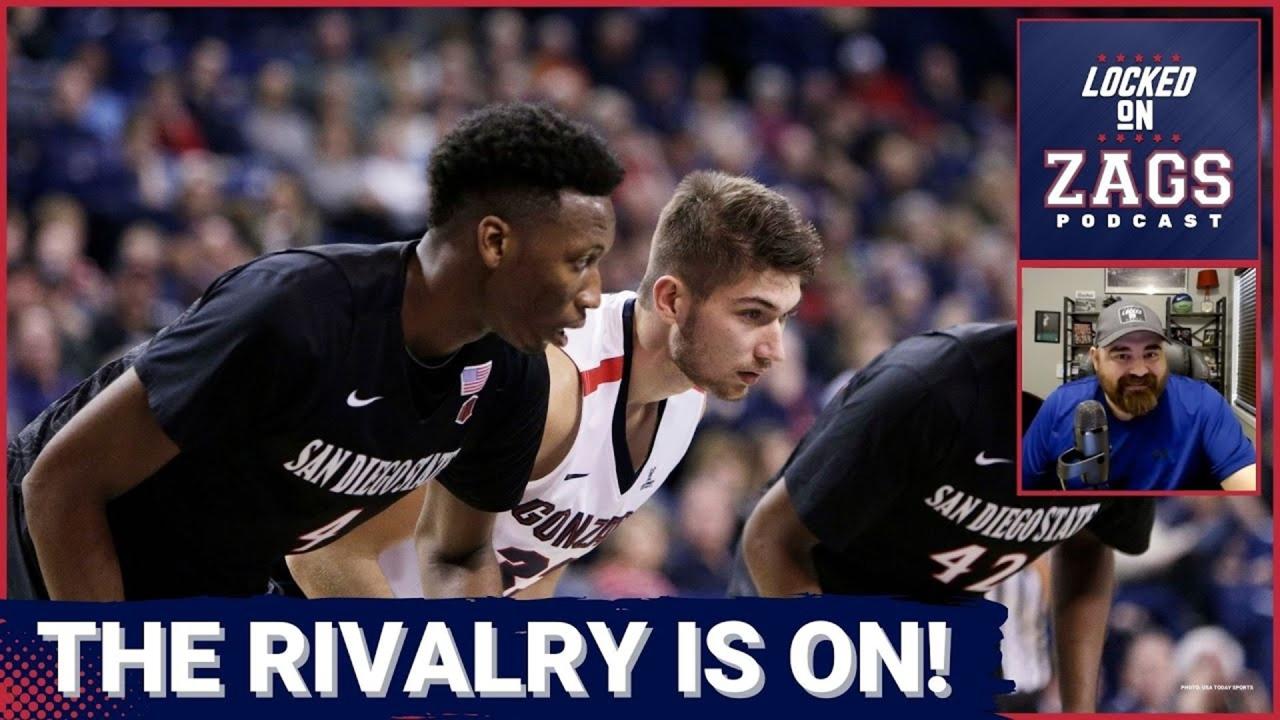
Shared travel experiences contribute significantly to team cohesion. The time spent together on flights provides opportunities for bonding, strategizing, and building camaraderie outside the usual practice and game settings. However, travel fatigue can negatively impact player performance. Long flights can disrupt sleep patterns, reduce energy levels, and affect focus. Comparing game performance following long versus short flights could reveal correlations between travel time and on-court results.
The team may utilize travel time for team-building activities such as watching film, playing card games, or engaging in informal discussions to maintain morale and focus during long journeys.
Outcome Summary
So, the next time you see the Gonzaga Bulldogs soaring to victory, remember the intricate planning and logistics that go into their travel. From the financial investments to the environmental considerations, their journey is a testament to the dedication required to compete at the highest level of college basketball. Understanding the complexities of their air travel provides a unique perspective on the dedication and resources required for success in the world of college sports.
So, you’re interested in the Gonzaga basketball team’s travel arrangements, right? Their plane’s probably pretty sweet, but imagine a completely different kind of flight: underwater! Check out the capabilities of the magura v5 sea drone ; it’s amazing what technology can do these days. Getting back to Gonzaga, I bet their plane doesn’t have quite the same level of underwater exploration capabilities.
Commonly Asked Questions
What type of planes does Gonzaga typically charter?
The specific type varies depending on the team’s needs and the distance of the trip, but generally, they use larger aircraft capable of accommodating the entire team and staff.
How are flight schedules coordinated with game schedules?
The athletic department works closely with airlines and scheduling departments to ensure flights align with game times, allowing for sufficient travel and rest.
Does Gonzaga use any sustainable travel practices?
While details aren’t publicly available, potential practices could include carbon offsetting programs or exploring more fuel-efficient aircraft options.
What happens if a flight is delayed or canceled?
Contingency plans are in place to address flight disruptions, including backup flights or alternative transportation arrangements.
